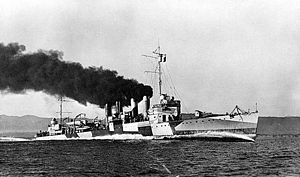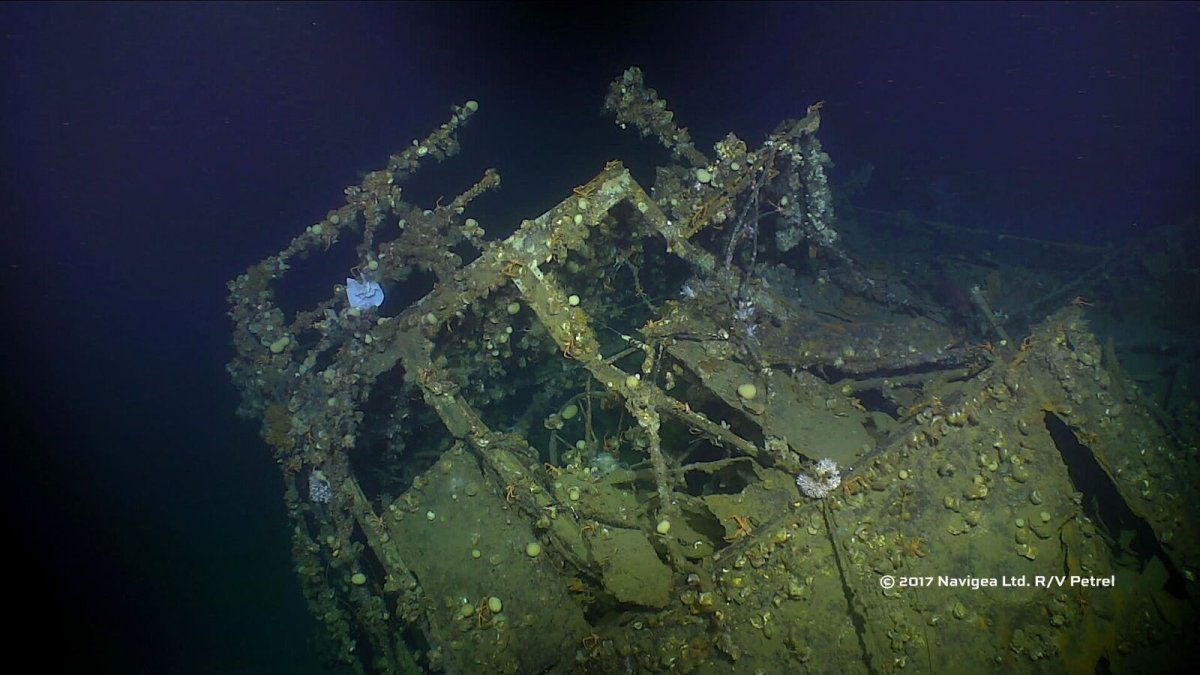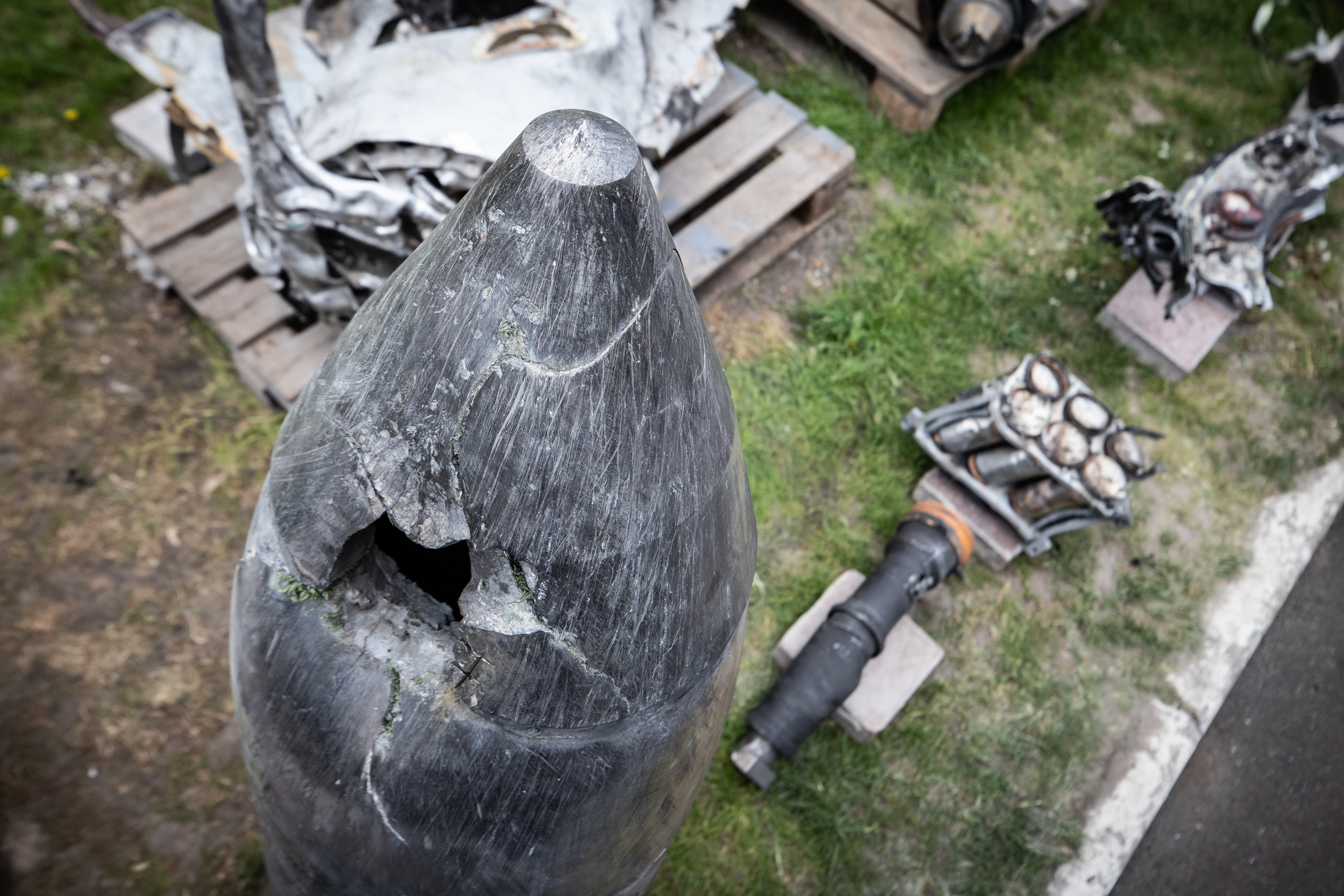
Researchers have found and recorded footage of the first American World War II-era ship to fire shots during the attack on Pearl Harbor. On December 7, 1944—three years to the day after the attack—the USS Ward was destroyed by Japanese kamikaze aircraft. It sank to the bottom of Ormoc Bay, off the island of Leyte in the Philippines, never to be seen again—until now.
According to ABS-CBN News, scientists found the USS Ward at a depth of about 650 feet on December 1. As military publication Stars and Stripes reported, an expedition to find the wreck was carried out aboard the 250-foot research vessel, the Petrel. According to a press statement by Petrel owner Paul G. Allen, the Petrel is one of the only such vessels capable of gathering data from depths as low as 3 and a half miles. Allen is an American investor and philanthropist who, along with Bill Gates, co-founded Microsoft.

According to the Wall Street Journal, the crew of the USS Ward, a Wickes-class destroyer, spotted a Japanese submarine a little over an hour before the attack on Pearl Harbor began on the morning of December 7, 1941. They fired the first shots and sank a valuable 80-foot Japanese submarine that could have torpedoed the harbor before the air attack began, while it was still dark.
"The USS Ward found herself in the crucible of American history—at the intersection of a peacetime Navy and war footing. She took decisive, effective and unflinching action despite the uncertain waters. Now 76 years on, her example informs our naval posture," Admiral Scott Swift, current commander of the U.S. Pacific Fleet, said in the press statement.
Allen has led a number of World War II recovery expeditions. According to the press statement, during the same November mission in which they captured footage of the Ward, the crew aboard the Petrel captured video of five other ships: the IJN Yamashiro (a Fuso-class dreadnought battleship), the IJN Fuso (a Fuso-class dreadnought battleship), the Yamagumo (an Asashio-class destroyer), the Asagumo (an Asashio-class destroyer) and the Michishio (an Asashio-class destroyer). All were lost on October 25, 1944, in the Battle of Leyte Gulf, which, according to the United States Naval institute, was the largest naval battle in history. More than 4,000 men were lost. However, according to the Star Tribune, the crew of the USS Ward didn't sustain even one fatality; the crew was able to abandon the ship before it sank.

"The Petrel and its capabilities, the technology it has and the research we've done, are the culmination of years of dedication and hard work," Robert Kraft, Allen's director of subsea operations, said in the press statement. "We've assembled and integrated this technology, assets and unique capability into an operating platform which is now one among very few on the planet."
December 7, 2017, will mark the 76th anniversary of the Pearl Harbor attack.
Uncommon Knowledge
Newsweek is committed to challenging conventional wisdom and finding connections in the search for common ground.
Newsweek is committed to challenging conventional wisdom and finding connections in the search for common ground.
About the writer
Kastalia Medrano is a Manhattan-based journalist whose writing has appeared at outlets like Pacific Standard, VICE, National Geographic, the Paris Review Daily, ... Read more
To read how Newsweek uses AI as a newsroom tool, Click here.








